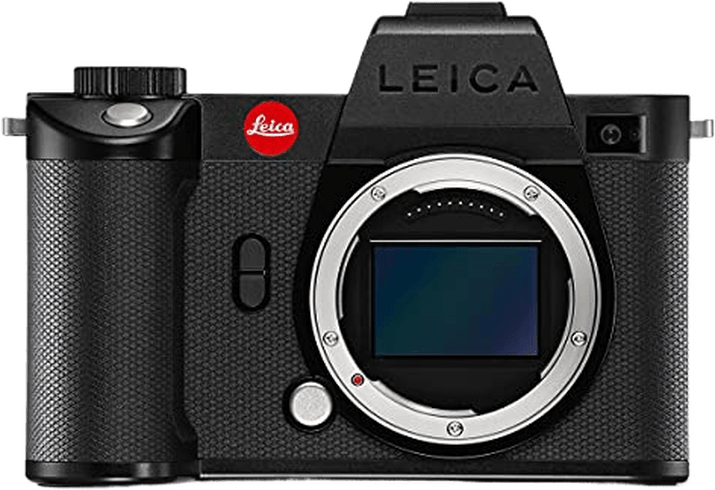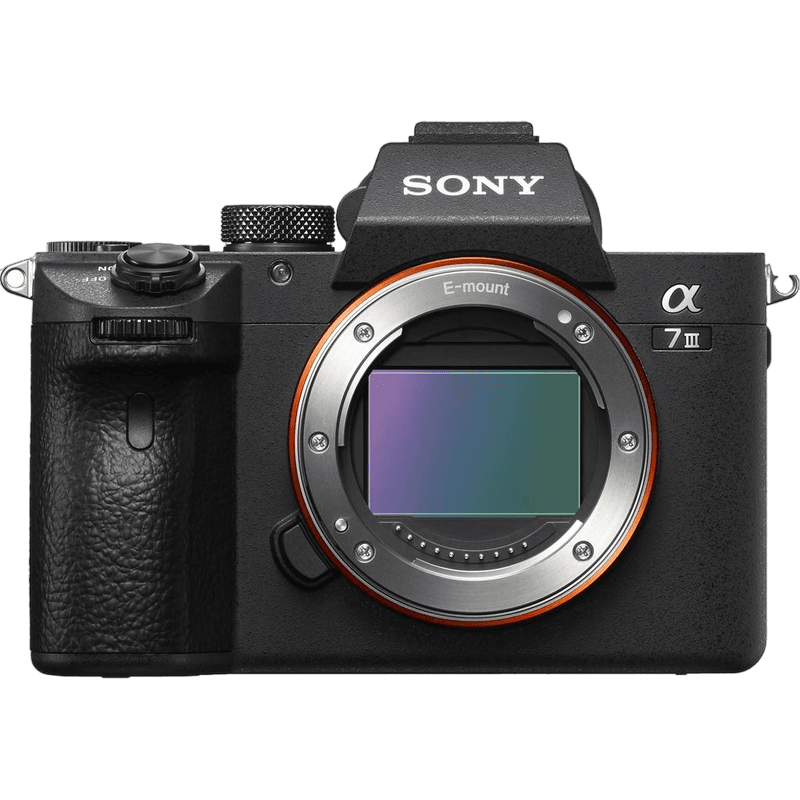Leica SL2-S vs Sony a7 III Comparison
Leica SL2-S

Sony a7 III

The Leica SL2-S and the Sony a7 III score head to head in our comparison. Both cameras are mirrorless and share some common specifications. However, the Leica SL2-S, released in 2020, boasts a higher launch price of $4895 and a larger size of 146 x 107 x 83mm, contributing to its heavier weight of 931g (2.05lbs).
On the other hand, the Sony a7 III, released in 2018, has a more affordable launch price of $2000 and a smaller size of 127 x 96 x 74mm, making it lighter at 650g (1.43lbs). While the Leica SL2-S has a slight advantage in performance, the Sony a7 III offers a more budget-friendly and compact option for photographers. Each camera has its strengths, so the choice ultimately depends on the user’s preferences and needs.
Leica SL2-S vs Sony a7 III Overview and Optics
The Leica SL2-S comes out on top in this optics comparison, with a score of 85/100, compared to the Sony a7 III’s score of 81/100. Both cameras share several common specifications, such as a CMOS sensor, full-frame sensor size, and image stabilization. However, there are key differences that set the Leica SL2-S apart.
The Leica SL2-S has a slight edge in megapixels, featuring 24.6 compared to the Sony a7 III’s 24.2. This difference contributes to the Leica’s higher score. Additionally, the Leica SL2-S has a significantly faster shooting speed of 20 frames per second, doubling the Sony a7 III’s 10 frames per second. This faster shooting speed allows the Leica SL2-S to capture more images in a shorter amount of time, making it better suited for action photography.
The Sony a7 III does have one advantage over the Leica SL2-S: its DXOMARK sensor score of 96, which is one point higher than the Leica SL2-S’s score of 95. This suggests that the Sony a7 III’s sensor may perform slightly better in certain situations, such as low-light photography.
However, the Leica SL2-S’s higher overall score, increased megapixels, and faster shooting speed make it the superior camera in terms of optics. The Sony a7 III’s marginally higher DXOMARK sensor score does not significantly impact the overall comparison. Therefore, the Leica SL2-S is the better choice for photographers seeking a camera with superior optics.
Leica SL2-S vs Sony a7 III Video Performance
The Leica SL2-S outperforms the Sony a7 III in video capabilities with a score of 83/100, a significant 27-point lead over the Sony a7 III’s score of 70. Both cameras offer 4K video resolution, but the Leica SL2-S has superior video dimensions at 4096 x 2160 compared to the Sony a7 III’s 3840 x 2160.
One primary advantage of the Leica SL2-S over the Sony a7 III is its higher maximum video frame rate of 60fps, while the Sony a7 III maxes out at 30fps. This higher frame rate allows the Leica SL2-S to capture smoother and more detailed video, especially in fast-paced situations.
Leica SL2-S vs Sony a7 III Features and Benefits
The Sony a7 III outperforms the Leica SL2-S in features, scoring 81 out of 100 compared to the Leica SL2-S’s score of 74. Both cameras share some common specifications, including touchscreen capabilities, WIFI, and Bluetooth connectivity. However, the two cameras differ in other key aspects, which contribute to the Sony a7 III’s higher score.
The Sony a7 III has a flip screen, which the Leica SL2-S lacks. This feature enhances the camera’s versatility, allowing for more flexible shooting angles and better framing options. In contrast, the Leica SL2-S has a higher screen resolution, boasting 2,100,000 dots compared to the Sony a7 III’s 921,600 dots. This results in crisper and clearer image previews on the Leica SL2-S. Despite the higher resolution, the lack of a flip screen makes the Leica SL2-S less versatile in terms of usability.
The Sony a7 III’s higher feature score makes it a better camera in terms of versatility and ease of use, thanks to its flip screen. However, the Leica SL2-S offers superior screen resolution, providing users with a more detailed preview of their images. Both cameras have their strengths and weaknesses, with the Sony a7 III being more adaptable, and the Leica SL2-S offering a higher quality viewing experience.
When considering these factors, the Sony a7 III emerges as the more practical and versatile option for most photographers, while the Leica SL2-S may appeal to those who prioritize screen resolution and image preview quality.
Leica SL2-S vs Sony a7 III Storage and Battery
The Leica SL2-S and the Sony a7 III share common features, such as having two memory card slots and accepting SD, SDHC, and SDXC cards.
However, the Sony a7 III has a longer battery life of 750 shots, while the Leica SL2-S offers 510 shots per charge. This extended battery life is beneficial for photographers who need to capture a large number of images without frequently changing batteries.
Leica SL2-S vs Sony a7 III Alternatives
Still not sure which camera to choose? Try these popular camera comparisons for more inspiration:
